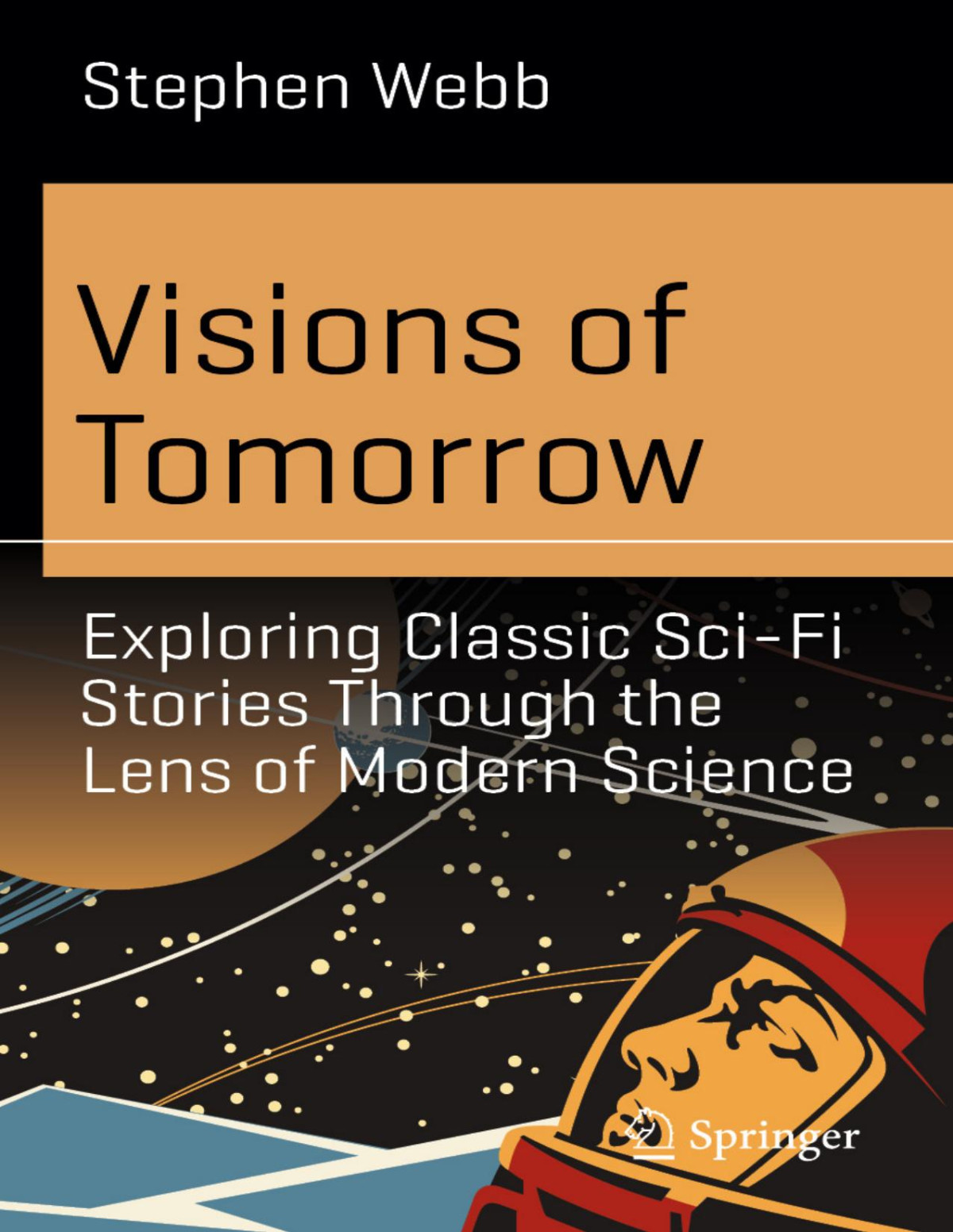

Most ebook files are in PDF format, so you can easily read them using various software such as Foxit Reader or directly on the Google Chrome browser.
Some ebook files are released by publishers in other formats such as .awz, .mobi, .epub, .fb2, etc. You may need to install specific software to read these formats on mobile/PC, such as Calibre.
Please read the tutorial at this link: https://ebookbell.com/faq
We offer FREE conversion to the popular formats you request; however, this may take some time. Therefore, right after payment, please email us, and we will try to provide the service as quickly as possible.
For some exceptional file formats or broken links (if any), please refrain from opening any disputes. Instead, email us first, and we will try to assist within a maximum of 6 hours.
EbookBell Team

4.3
38 reviewsThis anthology invites readers to revisit twelve timeless stories from visionary authors while pondering the scientific advancements they foreshadowed, making it ideal for fans of both science fiction and science.
In Algernon Blackwood’s A Victim of Higher Space , the concept of extra spatial dimensions is explored, while Miles J. Breuer’s The Gostak and the Doshes examines time as a dimension in relativity. Stanley Waterloo’s Love and a Triangle touches on efforts to communicate with extraterrestrial intelligence, and Max Adeler’s The Fortunate Island raises questions about humanity’s readiness for first contact with alien life. Machine learning and AI feature in Edward L. Sabin’s The Supersensitive Golf Ball , while Saki’s Filboid Studge explores targeted advertising’s transformation through AI. Edward Bellamy’s With the Eyes Shut predicts devices like smartphones and sparks discussions on the future of scientific publishing. G.K. Chesterton’s The Tremendous Adventures of Major Brown delves into augmented, virtual, and mixed reality technologies. Edgar Wallace’s The Black Grippe provides a historical lens on pandemics and communication of scientific uncertainty. J. Arbuthnot Wilson’s PAUSODYNE looks at suspended animation and modern cryonics, while Edgar Allan Poe’s The Facts in the Case of M. Valdemar tackles advances in medical technology and definitions of death. Finally, Guy de Maupassant’s The Horla explores the potential for humanity to be supplanted by new life forms.